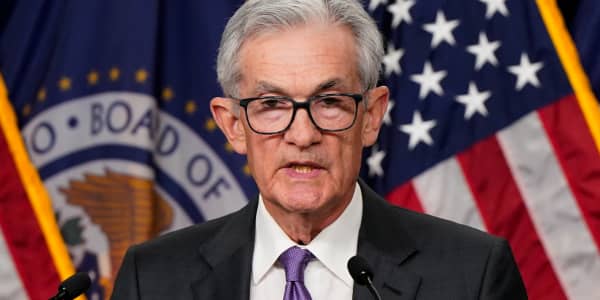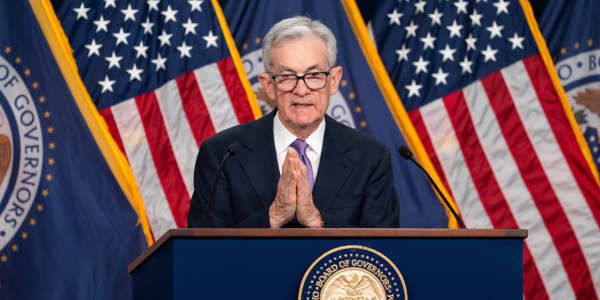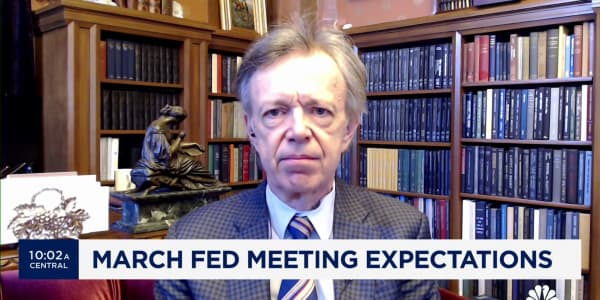As the Fed readies to announce its latest policy Wednesday, new data show that Wall Street increasingly sees growing differences at the very top of the Fed.
The CNBC Fed Survey shows respondents view the gap on monetary policy views between Fed Chair Janet Yellen and Vice Chair Stanley Fischer on monetary policy as significant and growing.
Asked to rate Fed officials on a scale of 0 to 10, with 0 being most dovish and 10 being most hawkish, Yellen averaged a score of 2.85. Fischer averaged a score of 5.35. The 2.5 point gap is more than a full point larger than when CNBC first asked the question in December. It has grown mostly because respondents believe Yellen has become more dovish, while Fischer has remained about the same.
"Their speeches and remarks since December indicate a possible widening in their views on monetary policy," Lynn Reaser, chief economist at the Fermanian Business & Economic Institute at Point Loma Nazarene University, wrote in response to the survey. "Chair Yellen would appear to have been a leader in the view that two rate hikes, or even fewer, are appropriate. … She appears to be significantly more concerned about global risks now than in December."
In contrast, Reaser said, Fischer "would appear to be more concerned about the risks of current monetary policy and also more concerned about the limits of that policy."
Indeed, Yellen now holds the title of the most dovish voting member of the Federal Open Market Committee, according to the average of respondents, taking the mantle away from Fed Governor Lael Brainard. Overall, the average for voters on the rate-setting FOMC remains about unchanged at 4.7, just on the dovish side of neutral. The average for 2015 voters was 4.3, suggesting that markets see the current voting committee as slightly more hawkish than last year.
Fischer has tended to strike a relatively more hawkish tone in public comments, telling CNBC in January that four rate hikes were "in the ballpark," though he was careful to point out that his comments were a forecast rather than a promise.
But Yellen, writes David Kotok, chief investment officer of Cumberland Advisors, "uses cautionary words with more care recently so I changed my view. … Stan Fischer has a known hawk history and is a Fed team player so I would not expect him to openly break ranks with Yellen or (New York Fed President Bill) Dudley. Hence his public comments are nuanced but his leanings are to a hard money stance."
Kotok's comments raise the question about the actual policy implications of these perceived differences at the top of the Fed. Fischer has voted with Yellen and the majority in every vote, and it would seem unlikely that he would dissent.
On the other hand, his public comments have tended to redirect markets toward the possibility for rate hikes. That was technically wrong in August, but proved to be right by December. The January guidance also has not come to pass, though economic conditions did change after he made his remarks. The result is to preserve the Fed's flexibility to raise rates by keeping markets on edge for a potential hike, but also fostering more market volatility.
In any event, it's Yellen who is perceived to have changed, likely a result of her appearance in March at the Economic Club of New York where she emphasized global uncertainties and a gradual rate-hike path.
"The more I saw of her 'commitment' to labor and the more I saw of her fears regarding foreign weakness and the more she talked about the strength of the US dollar as problematic, the more I had to move her 'to the Left' on the chart,'' wrote Dennis Gartman, editor of the Gartman Letter.
The CNBC Fed Survey of 48 respondents was conducted on Thursday and Friday.






